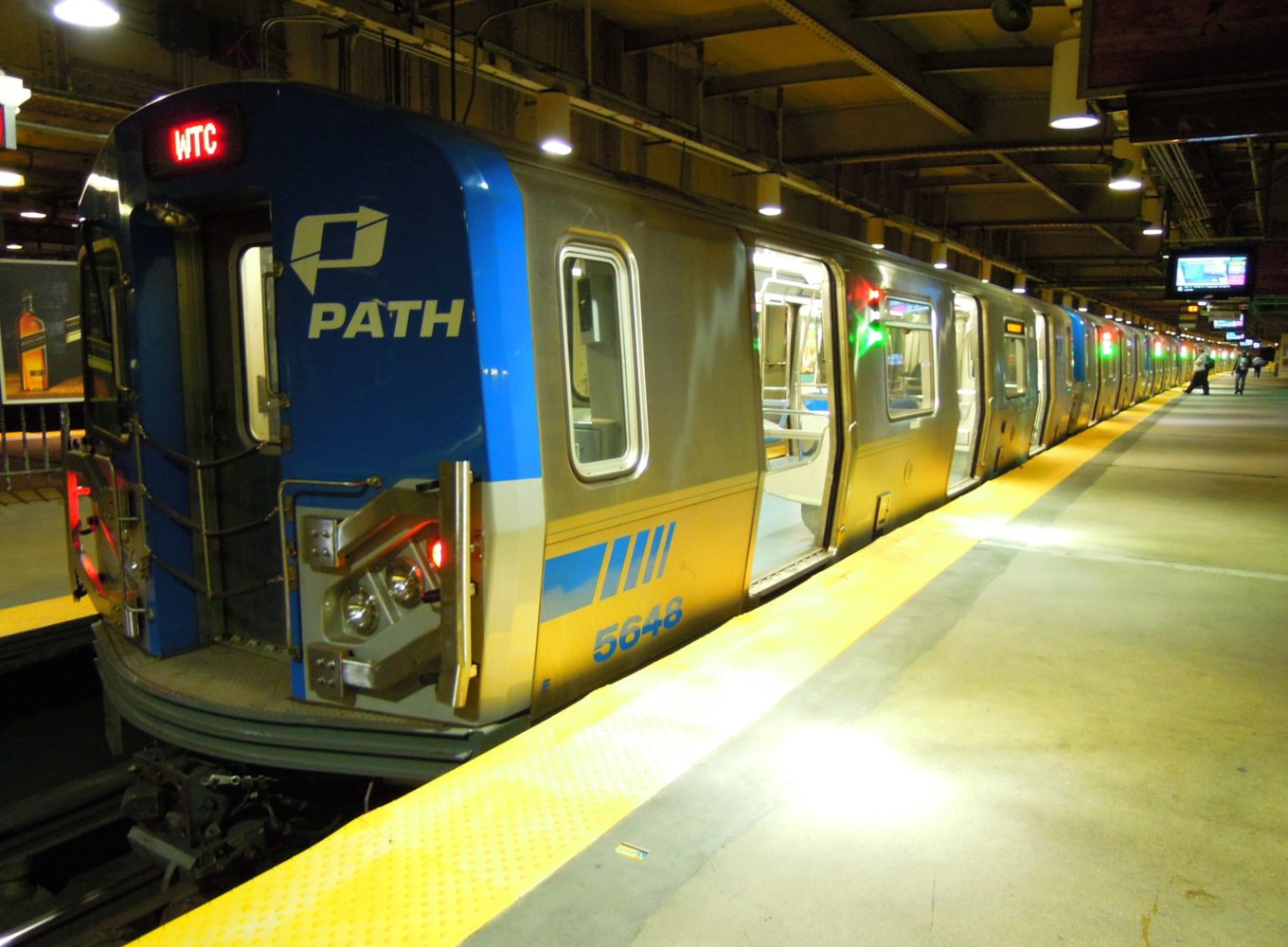
The Port Authority of New York and New Jersey launched the PATH Improvement Plan last week, pushing for a 40 percent capacity increase on the Newark to WTC line and a 20 percent increase across three other lines, alongside more than $1 billion in other measures.
The plan will proceed over the next three years. In that time, the Newark to WTC line will move from eight to nine car trains, which will run every three minutes at rush hour’s peak. The Journal Square-33rd St, Hoboken-WTC and Hoboken-33rd St lines will all benefit from the 20 percent capacity boost, thanks in part to a new signal system.
“We want this Plan to be game-changing,” Executive Director Rick Cotton said. “Increasing the carrying capacity of a legacy rail system by 20-40 percent in a three-year period is almost unheard of, but PATH is making that commitment. We also recognize that the PATH system has been plagued by excessive delays. PATH’s six-point delay reduction program tackles this challenge head-on, with a commitment to deliver substantial and measurable improvements. We owe PATH customers improved service, and this Plan commits to deliver that improvement.”
That six-point delay reduction will be rolled out over the next 30 months. With $50 million at its disposal, it will hit out at track conditions, switch failures, car equipment failures, signal equipment issues, sick passengers and unattended bags alike. This will be supplemented by a new fare payment system, improved announcements and alerts, and measures taken to address platform crowding.
“PATH is committed to increasing capacity and meeting the needs of our growing ridership,” PATH Director Clarelle DeGraffe said. “This plan addresses some of our PATH riders’ biggest concerns, especially with the attention to platform safety, better communication, and a user-friendly fare payment system, while ensuring that we intensify the repair and maintenance of our existing system.”
In all, the capacity efforts will take more than $1 billion in capital investment.